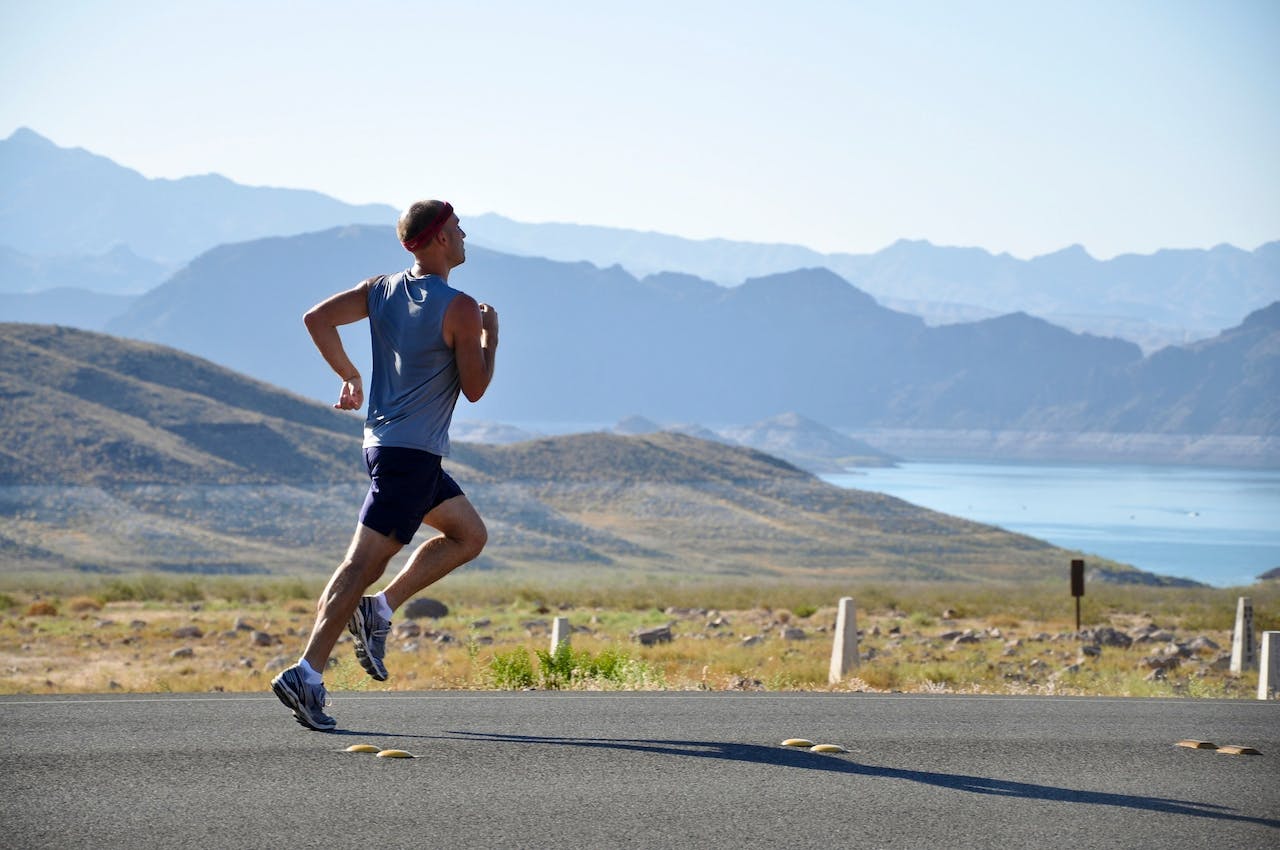There is a broad selection of running shoes available to buy with various shoe models, brands, stability features, and cushioning systems. Ideally, you want to choose running shoes that can offer 100% support and shock absorption and are long-lasting. Here are six factors to consider when you’re out shopping for running shoes.
1. The Estimated Age Of The Shoes
Training is not the only factor that ages a shoe. Weather and oxidation also play a role. Over time, the stability features and cushioning grow weaker even if you’re not using the shoes. Just like the tires on your vehicle, the materials of shoe soles eventually harden and no longer offer maximum support.
When you choose running shoes, keep in mind that each pair will have a certain expected lifespan according to its materials, your training frequency, and practice intensity. The terrain you’re running on, your shoe care routine and several other factors will also determine how long a certain pair of shoes will last.
Before making a final purchase, do account for the lifespan of your shortlisted models and work out how many years they are likely to last. Along with helping you make a decision, this calculation will also help in making the most cost-effective purchase.
2. Running Technique
The right, fast-running, light-footed running technique, where the feet only briefly touches the ground, can place less stress on the shoes. That’s why it is essential for runners to have the right form and select a shoe model that matches their gait.
Some stores that specialize in running shoes can give you a free analysis of your gait, or the way you walk and run. This could fall into any of these three broad categories:
- A neutral gait where the ankles, hips, and knees are aligned with each other
- A overpronated gait where your body rolls inward too far
- An underpronated gait where your body rolls outward too far
For overpronated gaits, it might be better to check out shoes that can stabilize the feet a little more. If your gait is underpronated, shoes with extra cushioning will probably be the best option.
However, keep in mind that getting shoes to correct your gait will usually only work if the problem isn’t a major one. If you can’t seem to find a shoe that works with your gait, it might be time to get a professional gait analysis.
3. The Runner’s Weight
The heavier a runner, the more wear and tear will the shoes endure. When you think about each foot strike being equal to up to five times a person’s body weight, then it comes as no surprise that all those miles start taking a toll on the running shoes. This means heavier runners place more material stress on the shoes they are wearing as opposed to lighter ones. Check this site for the best list of running shoes for heavy women.
4. Running Surface
The surface also impacts the wear and tear on your running shoes. If the shoes are used primarily on asphalt, the cushioning system and tread will be worn down. If you are running on springy, soft forest trails, on the other hand, there won’t be much visible wear on the soles since the cushioning effect of the surface will soften the impact and lower some of the stress on the shoe.
5. Shoe Size
To obtain the full functionality of a shoe, it is essential to choose the right shoe size. Your feet expand as they make contact with the ground as a result of your body weight. If you opt for a running shoe which is too small, you may risk stretching the seams. This is why running shoes must be bought one size bigger. You should have a thumb’s width between your big toe’s tip and the seam of the shoe. Also, bear in mind that your feet expand round about four percent during the day; therefore, it is advisable to buy running shoes in the afternoon or evening.
6. Shoe Model
The type of running shoe you purchase has the most significant impact on the lifespan of a shoe. A light neutral shoe won’t offer any support for people with orthopedic issues as opposed to a stable trail shoe, for instance, that can guide your feet through their gait cycle. Select a shoe that best matches your running technique. If you have a good running form, you can get away with shoes that don’t have stability features. However, if your feet don’t control their landing and your ankles roll outward or inward, you will require stability shoes that can give you the support you need.
Conclusion
Buying the right running shoes is an important decision, but it doesn’t have to be a difficult one. Pay attention to what feels best for your feet and shortlist the shoes that will help you achieve your goals. When you get more familiar with your feet’s requirements and their movement, it should get easier to make a final decision.


